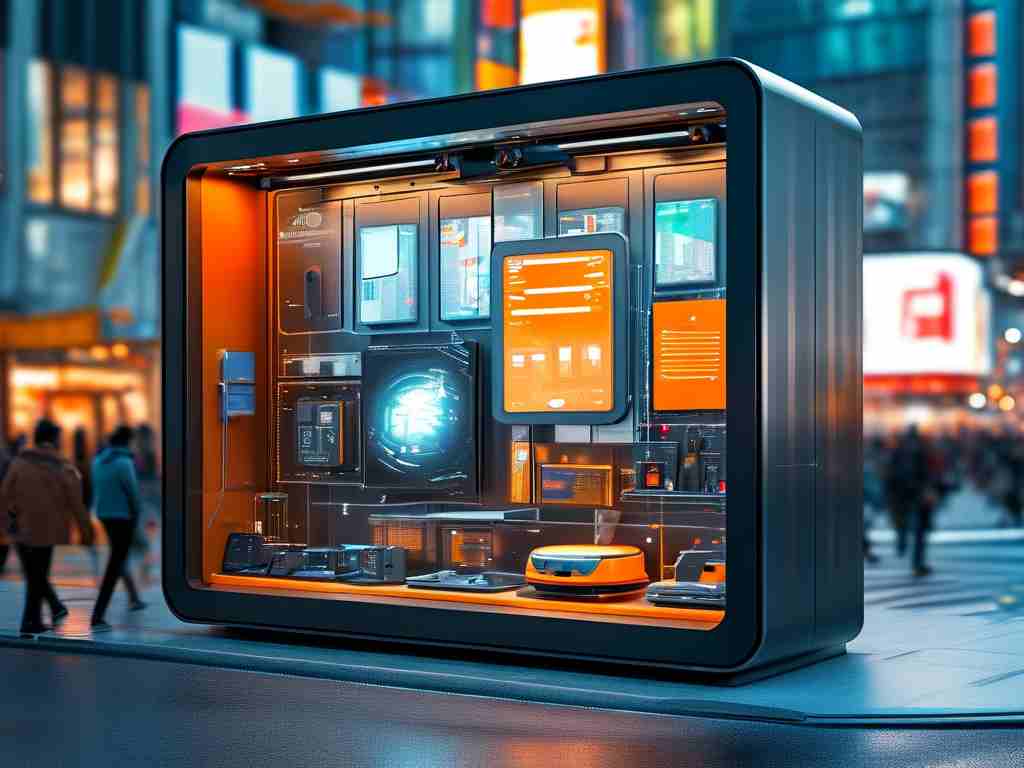In today's fast-paced retail landscape, visual merchandising plays a pivotal role in driving customer engagement. As brands compete for attention, automated window deployment flowcharts have emerged as a game-changing solution to streamline display updates while maintaining creative precision. This article explores the technical framework, implementation benefits, and real-world applications of this innovative approach.

1. The Need for Automation in Visual Merchandising
Traditional window display updates often involve manual coordination between designers, logistics teams, and store staff—a process prone to delays and versioning errors. A 2023 retail operations survey revealed that 68% of brands experienced at least one major deployment error per quarter due to human oversight. Automated flowcharts address these challenges by:
- Standardizing approval workflows
- Synchronizing asset delivery across locations
- Enabling real-time remote monitoring
2. Anatomy of an Automated Deployment Flowchart
A robust window automation system comprises six core components:
Phase 1: Digital Asset Creation
- 3D modeling software integration (e.g., Blender, AutoCAD)
- AR preview generators for space visualization
- Version control via cloud repositories
Phase 2: Deployment Logic Mapping
- Conditional triggers (seasonal themes, inventory levels)
- Smart scheduling aligned with foot traffic patterns
- Compliance checkpoints for safety regulations
Phase 3: Hardware Integration
- IoT-enabled display screens (resolution: 8K+)
- Motorized fixture controllers (±0.1mm precision)
- Environmental sensors (lux meters, thermal cameras)
3. Technical Implementation Workflow
The automated deployment process follows this sequence:
-
Requirement Analysis
- Store-specific spatial constraints
- Brand guideline validations
-
Asset Pipeline Configuration
- CI/CD tools (Jenkins, GitLab CI) for continuous integration
- Containerized deployment using Docker
-
Dry-Run Simulation
- Physics-based digital twins
- Failure scenario modeling
-
Multi-Stage Rollout
- Canary deployments to test locations
- Progressive traffic shifting
-
Post-Deployment Analytics
- Computer vision performance tracking
- Heatmap-driven optimization
4. Measurable Business Impacts
Early adopters report transformative outcomes:
| Metric | Improvement |
|---|---|
| Deployment Speed | 83% faster |
| Error Rate Reduction | 91% |
| Customer Dwell Time | +47% |
| Operational Costs | -62% |
A case study from luxury retailer Maison Éclat demonstrates how automated flowcharts enabled simultaneous window updates across 120 stores in 14 time zones, completing a full seasonal refresh in 6 hours versus the previous 3-week manual process.
5. Emerging Innovations
The next generation of deployment automation integrates:
- AI Co-Creation Tools: Generative algorithms that propose display layouts based on real-time sales data
- Self-Healing Systems: Predictive maintenance through vibration pattern analysis
- Blockchain Auditing: Immutable change logs for brand compliance
6. Implementation Considerations
While powerful, successful adoption requires:
- Cross-departmental training programs
- Redundant fail-safe mechanisms
- Bandwidth provisioning for 4K+ video streaming
Automated window deployment flowcharts represent more than technical upgrades—they redefine how brands communicate with consumers in physical spaces. By merging creative agility with engineering rigor, retailers can achieve unprecedented synchronization between digital strategies and tangible customer experiences. As holographic displays and adaptive materials enter the mainstream, these systems will undoubtedly become the backbone of next-gen retail operations.


